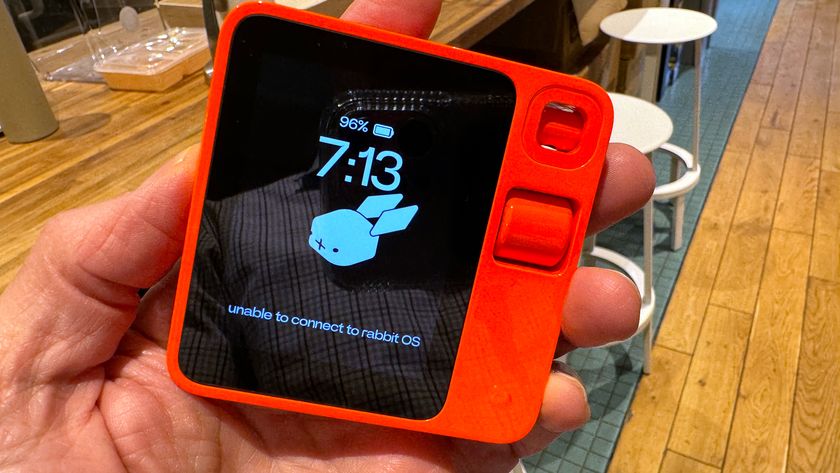TechRadar Verdict
This is a welcome return for a classic budget deck from the UK's foremost brand in the field
Pros
- +
Supplied with the high-quality RB250 tonearm
Provides a strong, energetic sound with more rhythmic drive than most
Bass performance is good
Cons
- -
Requires a support with decent isolation to perform at its best
Pro-Ject and Goldring decks also include a cartridge for similar money
Why you can trust TechRadar
It doesn't seem all that long ago that Rega stopped making the P2 and apparently handed this sector of the market over to Goldring.
It didn't leave the sector entirely, as it actually makes Goldring's GR2 (which, at £265 including cartridge, is a strong rival). But Rega's dealers obviously missed the company's classic budget deck, and now it's back in revised form.
The new P2 has an unusually deep 22mm platter that sits only a couple of millimetres off the plinth, its sloping sides making it look pretty substantial. This extra mass means a stronger flywheel effect and thus a more even speed with reduced flutter, and this translates into lower distortion. While the GR2 attempts the same trick with a steel ring set into the underside of a slimmer platter, Rega's approach is perhaps more attractive.
The P2 shares the GR2's plinth, with its big on/off switch and simple, solid construction. If memory serves, the new melamine-finished plinth with PVC edging isn't quite as nice as its painted predecessor, but then again, the current option may prove more hard-wearing.
The tonearm is Rega's evergreen RB250, still the finest budget arm on the market, with its one-piece casting from headshell to bearing. It's very easy to use thanks to the big finger lift, as well as the deck's unsprung plinth. Our P2 sample was supplied with Rega's Bias 2 moving-magnet cartridge, which adds £50 to the price, but makes the turntable a lot more consumer-friendly. The Bias 2 is the base model in Rega's range, but features the same solid body as the dearest MM, albeit without a third fixing point.
Sound quality
With only rubber feet for isolation, the P2 is as sensitive to its supporting surface as ever, something that's true of pretty well all solid-plinth turntables to some degree. It delivers much of its characteristically energetic and propulsive sound on a standard equipment support, but using one with decent isolation brings significant rewards in terms of image scale, bass weight and distortion. If you can't stretch to a Townshend VSSS, try using a wall bracket and/or keep the turntable as far from the floor and speakers as you can.
Compared to the Pro-Ject Xpression II, the P2 has more bite and muscle with a slightly more aggressive treble. This means that female voices, for instance, are easier to follow and leading edges are emphasised, bringing out the music's sense of pace. On the other hand, the Pro-Ject's smooth delivery does seem to be a little more subtle and refined, if less 'grunty' in the bottom end.
The P2 is all about the vibrancy and vigour of the music - it's less concerned with the niceties, and very keen to get down and dirty with whatever you care to spin. It delivers good image scale and has a clear, open midband that lets much of that vinyl flavour through.
Given the competition, it has its work cut out. The Goldring GR2 is a very similar product at a great price, and the Pro-Ject, while not as muscular, offers a touch more finesse. But the P2 has the best name in budget turntables on its side, plus a strong dealer network and good residual value if you decide to upgrade. Jason Kennedy
Tech.co.uk was the former name of TechRadar.com. Its staff were at the forefront of the digital publishing revolution, and spearheaded the move to bring consumer technology journalism to its natural home – online. Many of the current TechRadar staff started life a Tech.co.uk staff writer, covering everything from the emerging smartphone market to the evolving market of personal computers. Think of it as the building blocks of the TechRadar you love today.

With the Humane AI Pin now dead, what does the Rabbit R1 need to do to survive?

From Peaky Blinders to Rocky, the movies and shows that the cast of A Thousand Blows watched ahead of the new Disney+ drama’s release

One of the best AI video generators is now on the iPhone – here's what you need to know about Pika's new app
Most Popular



